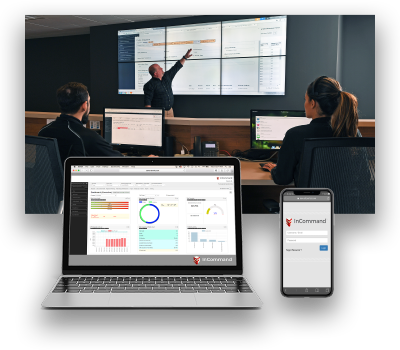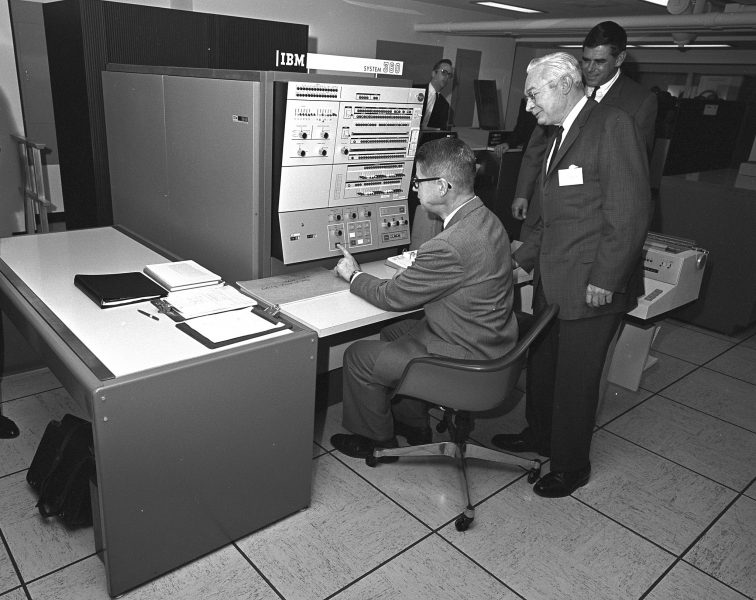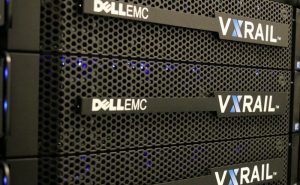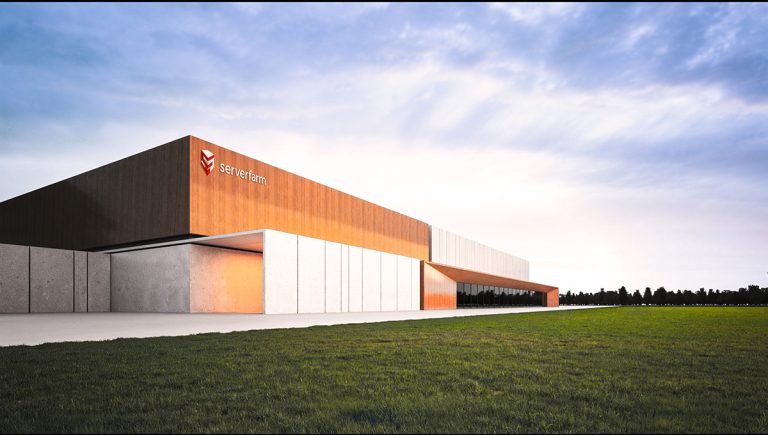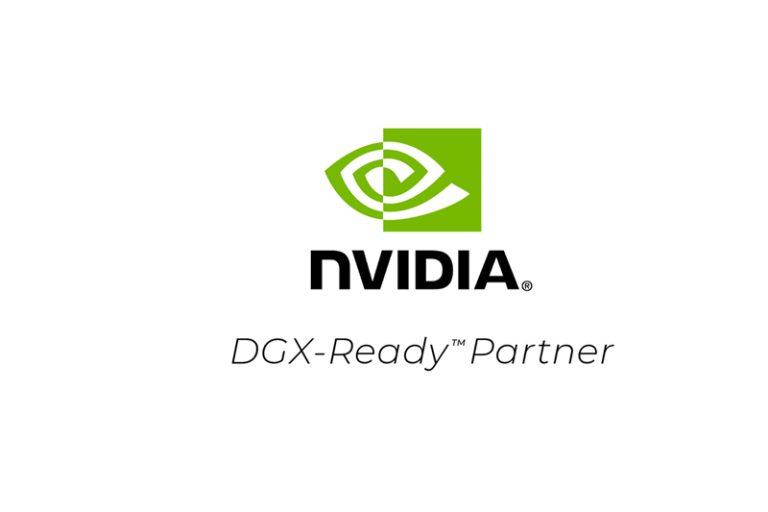However, most experts who were contacted thought Gartner’s forecast is too extreme. Uptime Institute LLC sees enterprises owning 70 percent of all data center capacity in 2020, down from 76 percent last year. “Certainly data centers have a bright future,” said Andy Lawrence, executive director of Uptime Institute Research.
Even though cloud infrastructure growth looks to be strong for the foreseeable future, organizations are realizing that the fact that a workload can run in the cloud doesn’t mean it should. IDC recently reported that 80 percent of cloud adopters have moved one or more workloads back on-premises from the public cloud environment or plan to do so.
“We see the pendulum swinging backward,” said Jon Toor, chief marketing officer at Cloudian Inc., which makes an object storage appliance that runs both on-premises and in the cloud. “Cloud is no longer a default.”
Businesses also continue to be disturbed by ‘shadow IT’ behaviors enabled by public cloud vendors, said Charles King, principal analyst at Pund-IT Inc.
A more likely scenario than large-scale data center abandonment is that existing infrastructure becomes more specialized to handle the minority of workloads that require local control. Research firm Wikibon, a sister company of SiliconANGLE, predicts that facilities won’t be shut down so much as “repurposed to run core low-cost, extreme-scale private-cloud workloads on hyperconverged infrastructure,” said James Kobielus, Wikibon’s lead analyst for data science, deep learning and application development. Examples include log analysis, archiving, data lakes, governance and high-volume transactional applications.
In the long run, the question of who owns infrastructure is less of an issue than how it’s used. As we enter the age of the “multicloud” and edge computing, CIOs are more concerned with eradicating boundaries that inhibit the smooth migration of workloads between whatever resources they need based upon factors such as demand, immediacy and customer proximity. Whether they do so in the short term is less important than having the right mindset.
“I talk to my fair share of CIOs who have set a goal of being out of on-prem in the next five years,” said Don Boulia, general manager of cloud development at IBM Corp. “I don’t think it’s going to happen, but it drives behavior.”
Standard platforms should help eradicate the boundaries that make managing infrastructure such a chore, and there’s evidence that both providers and their customers are moving more rapidly than ever on that front. Software containers, which burst upon the scene five years ago, have taken enterprise IT by storm. More than two-thirds of enterprises are expected to adopt them, according to a 2017 study by Cloud Foundry Inc. Kubernetes, an open source container orchestration platform, has gone mainstream even faster, with 71 percent adoption in just three years, according to 451 Research LLC.
The same factors that took open source software from bit player 20 years ago to an enterprise standard today will drive the evolution of the data center, said Urs Hölzle, a Google Fellow and senior vice president of technical infrastructure at Google LLC. “The lasting value will be in the software stack that is more uniform and makes you more productive and secure,” he said.
The so-called LAMP stack (Linux, Apache, MySQL, PHP) went mainstream in the enterprise because it provided a set of software components that everyone could agree upon, Hölzle said. That made life easier for CIOs and also moved innovation up the stack into higher-value areas of differentiation.
The same dynamic has yet to happen in the cloud, though. “Today, if you’re on-premises and using two different clouds, you have three different ecosystems to deal with,” he said. As standards come together in such areas as security, load balancing and automation, cloud providers rapidly adopt them and distinctions between cloud services — and data centers — will fade away.
“Five years from now, all services will run on top of the same stack,” Hölzle said. “You won’t have to commit to think about whether your code will run on-prem or in the cloud.”






